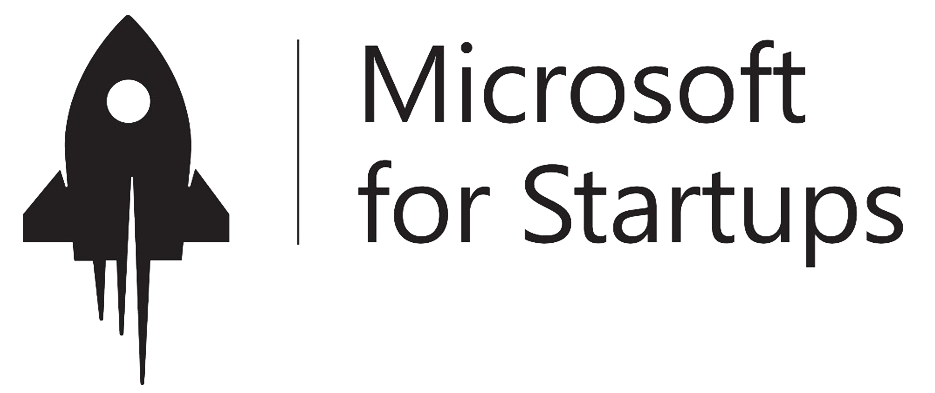18 Jun

The SMART method: 5 letters to set specific objectives
In order to achieve a goal quickly, it may be useful to set intermediate objectives. These objectives are an interesting lever in terms of management since they allow you to follow a project as it progresses.
What does that mean about SMART goals?
First of all, SMART, in English, means smart, intelligent. In professional language, the meaning is quite different. It’s an acronym:
S for Specific
M is for Measurable
A for Attainable
R for Realistic
T as Temporally Defined
In short, to set effective targets, they must meet as many of the criteria listed above as possible.
What are the advantages of the SMART method?
The SMART method has many advantages. It allows you to set up a relevant management adapted to your vision. This method also facilitates communication between managers and employees. By making communication more fluid, you increase the involvement of your teams and, in extenso, their motivation.
Setting objectives using the SMART method also makes it easier to monitor projects as they progress.
How do I set my SMART goals?
S for Specific
The aim here is to set a clear and simple objective in order to avoid any misunderstandings. If the final objective is complex, do not hesitate to divide it into several sub-objectives.
M is for Measurable
All objectives set should be measurable and/or quantifiable to facilitate monitoring. The manager must be able to rectify the situation in the event of a mistake so that everyone goes in the same direction.
A for Attainable
To be sure of succeeding in your mission, your goals must be attainable. The A can also mean “ambitious”, meaning that your objectives must have a challenging dimension. The objectives set must also be commensurate with the possibilities of your employees in terms of skills, knowledge and ambition.
R for Realistic
Setting ambitious targets is good. Setting realistic goals is even better! These objectives must be in line with your company’s vision and project. Although they must be ambitious, the objectives must remain achievable.
Employees must be motivated to reach the goal without becoming exhausted.
T as Temporally Defined
If your goals don’t have a deadline, they will not be achieved because no one will know when they have to be achieved. By setting a clear time frame, you avoid procrastination. Terms such as ‘as soon as possible’ or ‘before the end of the year’ are not correct. You must date your objectives to ensure that they are achieved.
Thus, SMART objectives are very useful in ensuring that they are achieved. The SMART method helps you to set goals intelligently while promoting the motivation and involvement of your employees.




